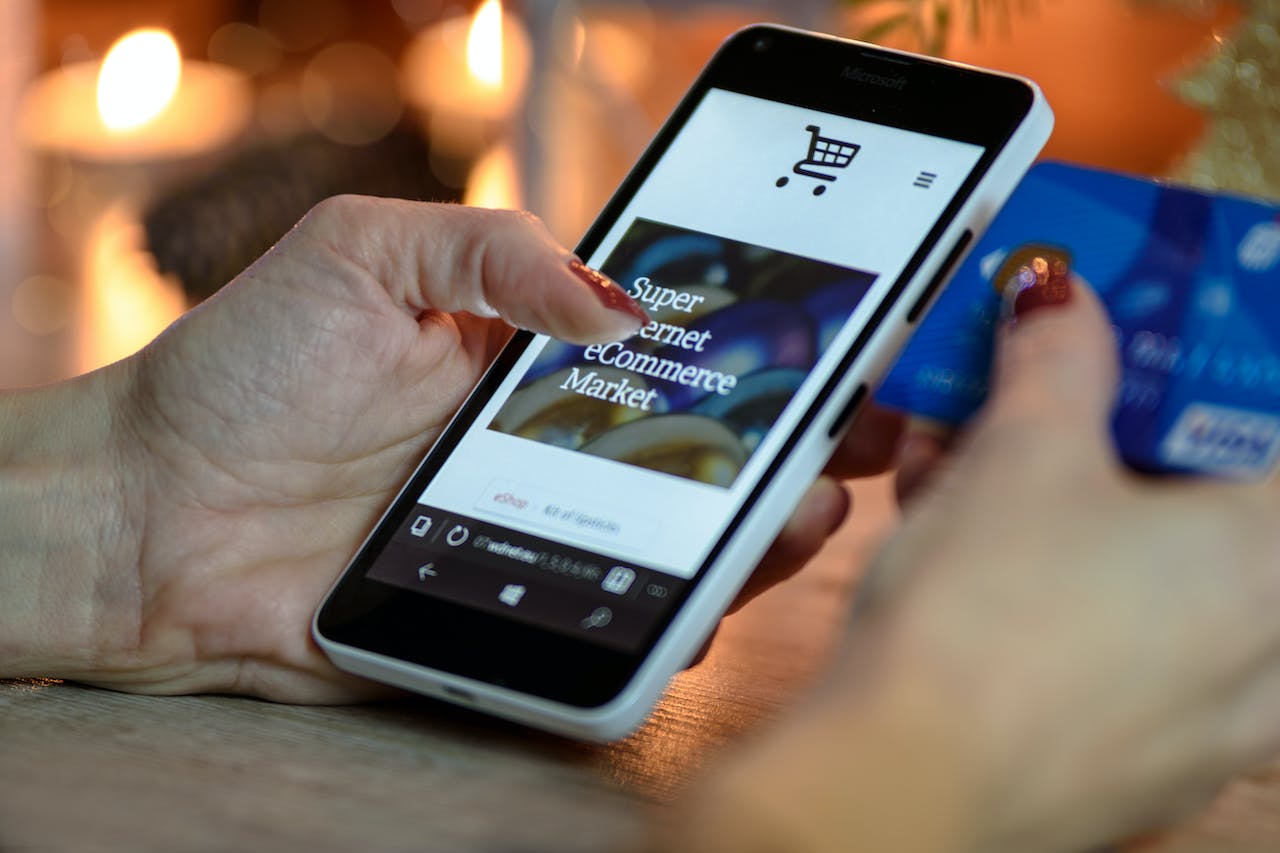The digitisation of shopping has reshaped consumer interactions and forced retailers to adapt. Retailers use technology to offer an enhanced shopping experience through personalisation and more effectively meeting consumer demands.
In this article, we’ll explore how retailers are incorporating digital tools and the impacts these have on shopping.

The Rise of Digital Retail
Digitalisation has ushered into a new era, blurring the boundaries between physical and virtual. E-commerce platforms have expanded exponentially, providing consumers with unprecedented convenience and choice. It’s not just retail that has gone online, though. Even platforms like Paddy Power have shown that through focusing on the digital, they can appeal to more players. This has also allowed Paddy’s offer of Megaways™ Slot Games and betting markets to greatly increase. Like many retailers, Paddy Power can offer more products and faster service by digitalising.
Personalisation and Data Analytics
Personalisation is a key aspect of digital transformation. It is easier than ever to personalise ads and shopping experiences. This is because of the wealth of data retailers possess, and the algorithms that can digest this information. Retailers use customer data to uncover consumer preferences, behaviours, and purchasing patterns. They then take these insights and build not only targeted campaigns but entire product lines. Shoppers are presented with curated items, tailor-made to their tastes and interests.
Amazon is a market leader when it comes to personalisation. Their recommendation engine analyses consumers’ purchases, browsing history, and de before delivering customised product suggestions.
Amazon will find products that consumers haven’t even thought of purchasing that solve a problem they’re currently facing. Another strategy Amazon employed was looking at the best sellers on its platform and creating its own branded version.
Omnichannel Integration
Retailers may integrate multiple channels to offer customers flexibility and convenience. Omnichannel strategies enable retailers to streamline transactions and provide a cohesive shopping experience.
Walmart has nailed omnichannel retailing with its click-and-collect service. This allows customers to browse and buy items online for pickup at their nearest store. This integrated approach bridges the gap between digital and physical realms. It also means shoppers can enjoy the convenience of online shopping but still get their products quickly.
Immersive Experiences and Augmented Reality (AR)
To captivate consumers, retailers are putting augmented reality (AR) to test. AR is still in its early stages but has the power to transform conventional shopping environments into interactive showcases. AR enables customers to visualise products in real-world settings at home or on the go.
The IKEA Place app utilises augmented reality to allow users to virtually place true-to-scale 3D models of furniture in their homes. IKEA enables customers to preview how products will look and fit within their living spaces, which minimises returns and speeds up the buying process.

From personalised recommendations to immersive technologies, retailers are utilising digital tools to enhance engagement, create new products, and come up with more effective marketing campaigns. By continuing to digitalise, retailers can offer a better overall shopping experience.




















